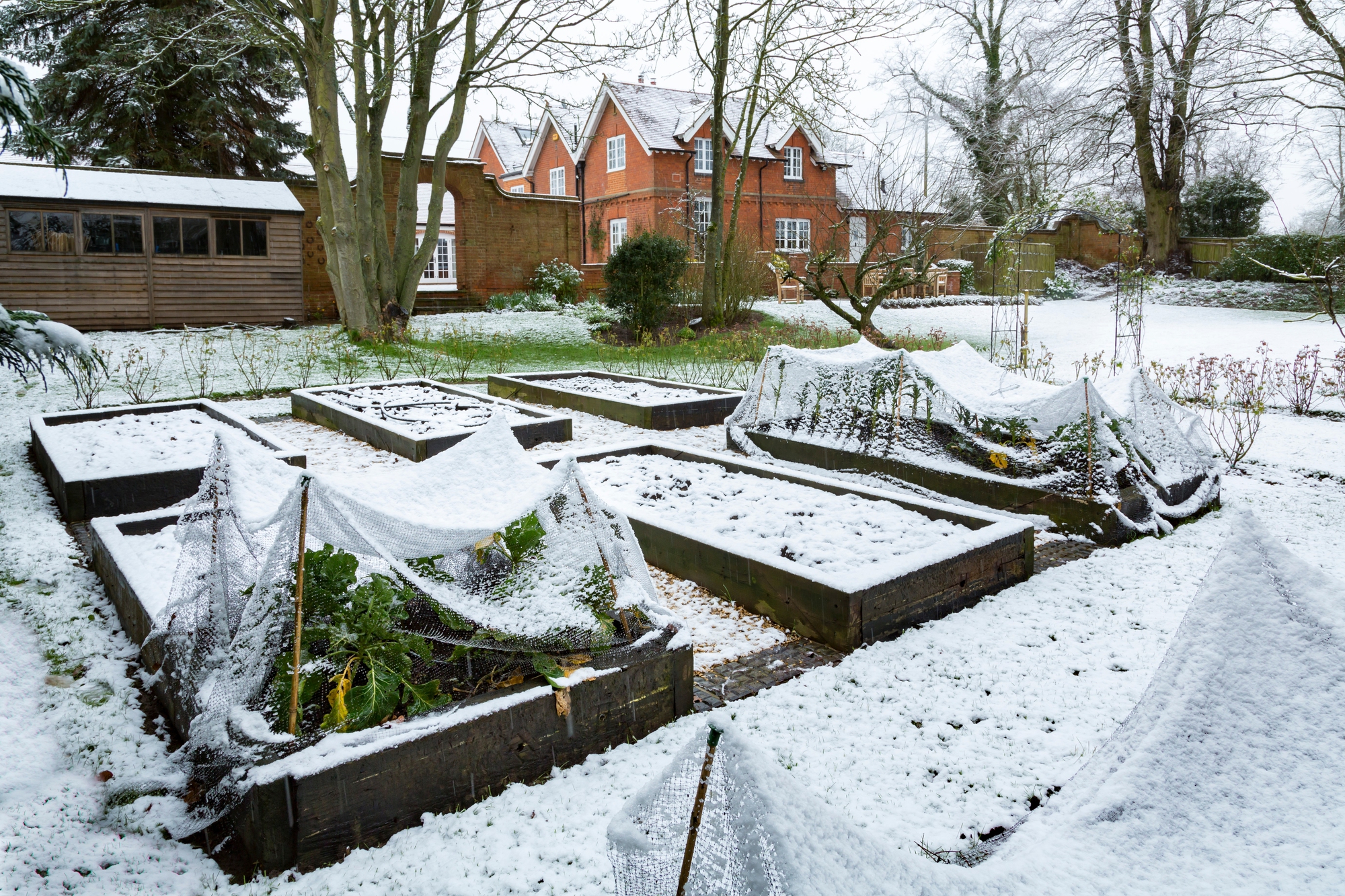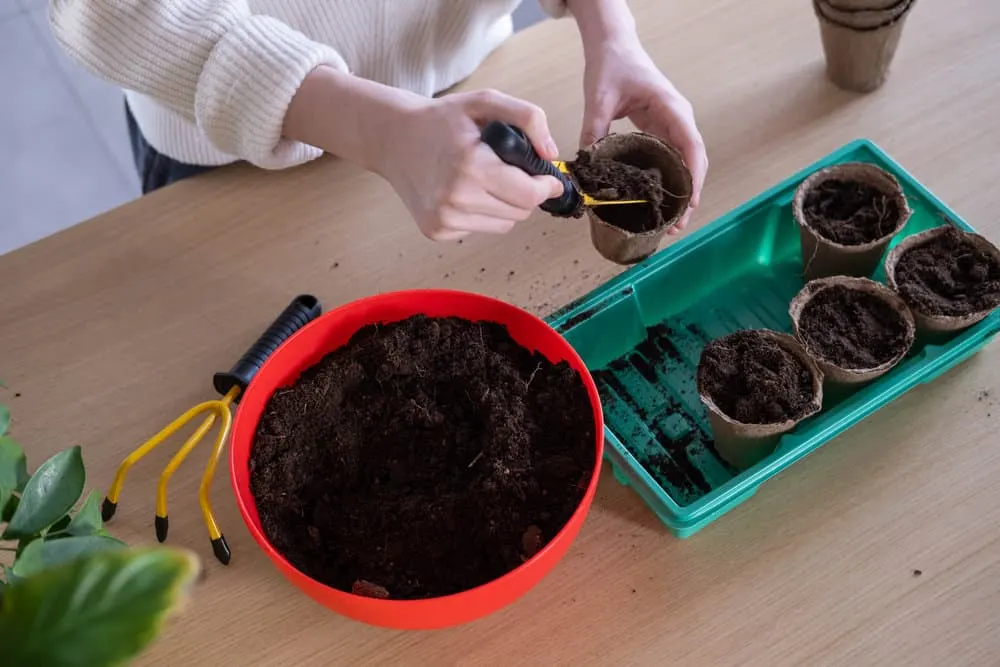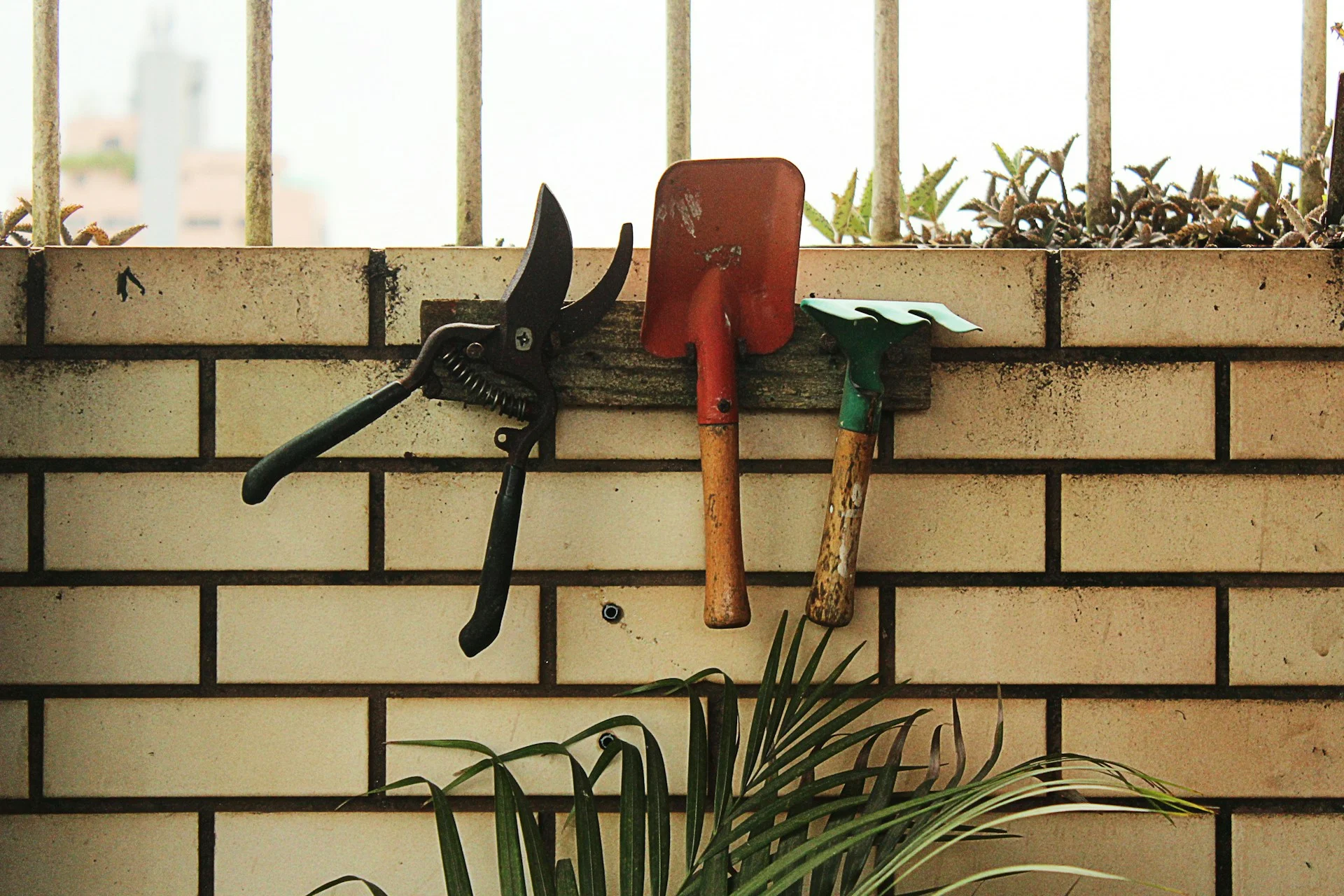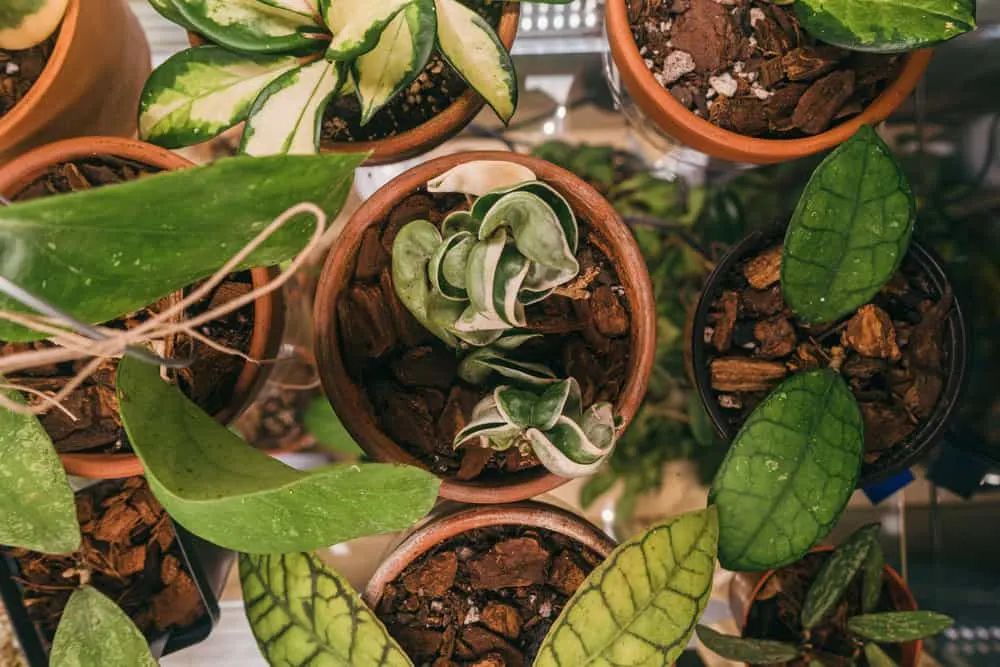As the cold winter months settle in, it might seem like gardening is far from your mind. While you wait for the snow and ice to melt and the first signs of spring to appear, there are plenty of ways to get a jump start on your spring garden goals.

Winter is the perfect time to prepare, plan, and get organized, ensuring your spring garden will be ready to flourish as soon as the weather warms up. Here are some productive things you can do while waiting for your spring garden to bloom.
1. Plan your garden layout
Winter is the ideal time to sit down and sketch out your garden plan. Take a few hours to think about what you want to grow and where each plant will go in your garden. Consider factors like sunlight, space, and plant height. Planning now will help you hit the ground running when spring arrives.
2. Order seeds and supplies
Now is the time to look through seed catalogs and online shops for the plants you want to grow this year. Ordering seeds early ensures you get the varieties you want before they sell out.
It also gives you time to gather other supplies like gardening tools, soil amendments, and pots for starting seeds indoors. Some companies also make it easy for you by shipping out plants when the time is right for your growing zone.
"Winter is the perfect time to dream up your garden and get ready for spring. Sketch out your layout, order seeds early, and don’t forget to sharpen and clean your tools—it’s amazing how much easier planting is when your gear is ready to go!"
Bella Bucchiotti at xoxoBella

3. Start indoor seed starting
Depending on your climate, you can begin starting certain seeds indoors in late winter. Plants like tomatoes, peppers, and herbs thrive when started indoors and can be transplanted once the outdoor temperatures rises.
Check the recommended planting times for your zone and get a head start by growing seedlings under grow lights or near a sunny window.
4. Clear weeds and debris from your garden.
If your garden is not covered with snow or ice, consider clearing up weeds and debris from the area. Leaves are good to leave to decompose a bit and add some nutrients to the soil, but big weeds that will just continue to grow and seed out can and should be removed.
Plants from last year that have frozen and died should also be removed to make way for your new plants in the spring.
5. Revamp your garden tools
Give your gardening tools some love during the winter months. Sharpen the blades on your shovels, hoes, and pruners, and check for any repairs that need to be made.
Clean off any dirt and rust, oil wooden handles, and make sure everything is in working order. Well-maintained tools make gardening much easier and more enjoyable when the season finally arrives.

6. Improve your soil
Winter is the perfect time to think about soil health. Order compost or organic matter to enrich your garden’s soil, and if you have a compost bin, continue to add kitchen scraps and yard waste. You can also plan for raised beds or adding mulch to your garden to improve soil texture, drainage, and fertility.
7. Research new gardening techniques
Spend your winter days reading up on new gardening techniques or trends you want to try this year. Whether it's experimenting with companion planting, incorporating sustainable practices, or learning about a new growing method like hydroponics or vertical gardening, now is the time to expand your knowledge.
"Winter in Charleston, South Carolina means planning my spring garden with companion planting in mind—pairing tomatoes with basil and marigolds with veggies to maximize space and repel pests. I grow only what I cook with most, like tomatoes, peppers, and rosemary, ensuring my Southern recipes are as fresh as they are flavorful!" Jenny deRemer for Not Entirely Average
8. Create a garden journal
Starting a garden journal is a wonderful way to track your progress and document your garden’s growth throughout the year. You can jot down important information like planting dates, weather patterns, plant growth, and harvest times. A journal is also a great place to note what worked well last year and what you might want to change in the upcoming season.
9. Tend to your winter garden and houseplants
If you have a winter garden, make sure to give it the attention that it needs. Any houseplants should be given extra care in the cold winter months, as well, and can help satisfy your urge to grow when it's dreary outside.

10. Make gardening projects
Use this time to create any indoor gardening projects that will help to make your job easier in the spring, like this DIY wooden crate planter, a garden bench, or a DIY trellis for climbing plants. Projects like this can be made in a garage, out of the elements.
11. Dream and get inspired
Winter is the time to dream big. Spend some time browsing gardening magazines, Pinterest boards, or garden tours for inspiration. Whether it’s envisioning your perfect vegetable garden or creating a pollinator-friendly oasis, use this downtime to dream up your ideal garden and make it a reality in the spring.
While the cold winter days might leave your garden dormant, they don’t have to leave you inactive. Use this time wisely by planning, organizing, and preparing for the upcoming season. By the time the first blooms of spring arrive, you'll be ready to dig in and make your garden grow. So go ahead, get inspired, and set yourself up for success.
